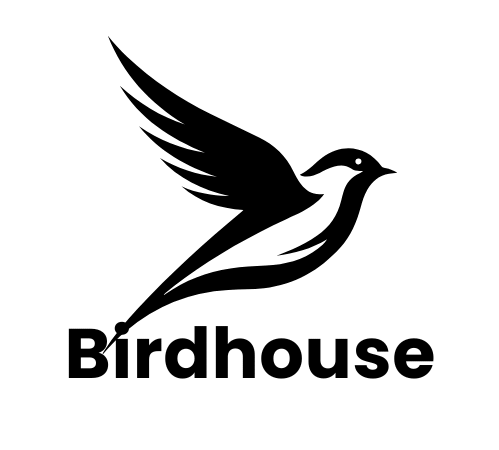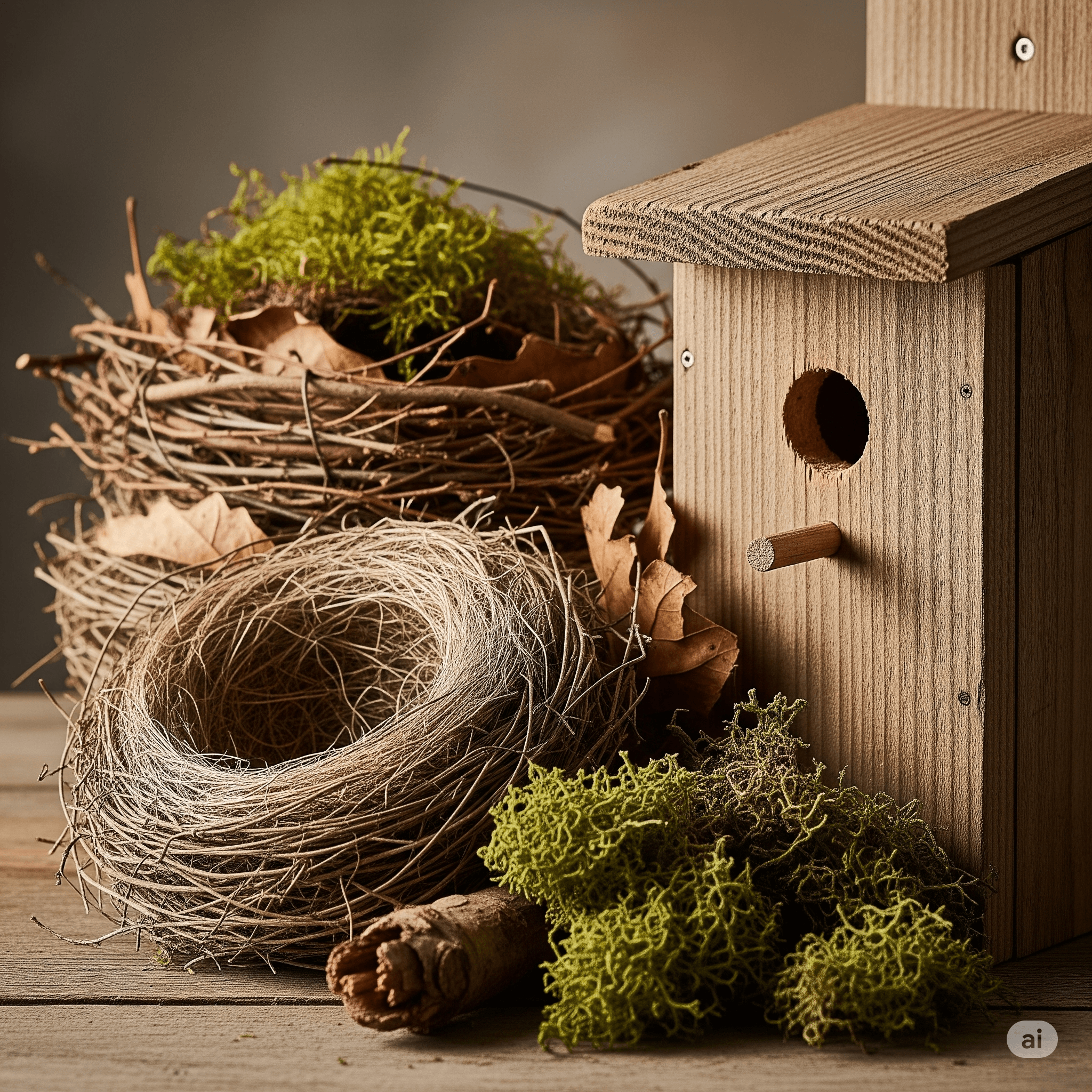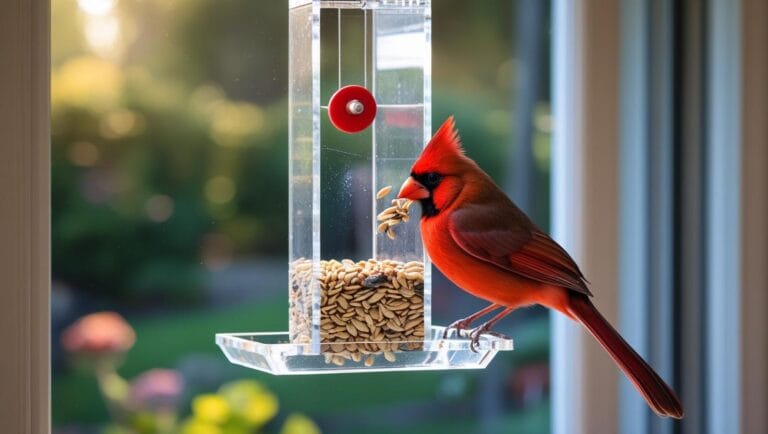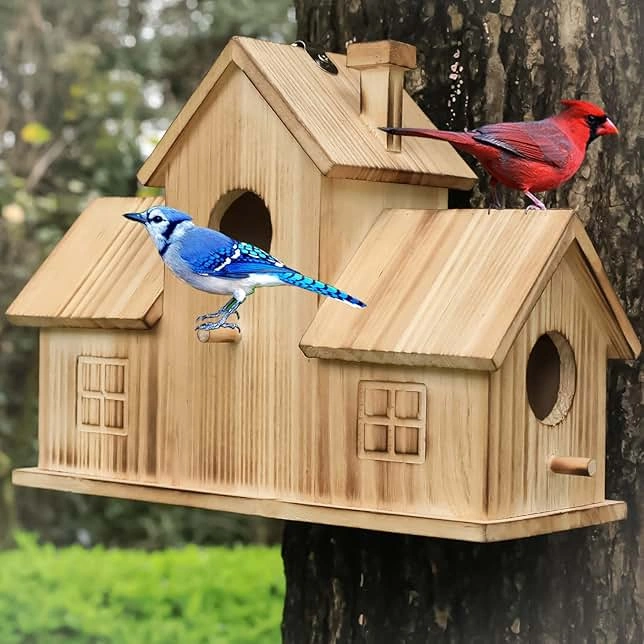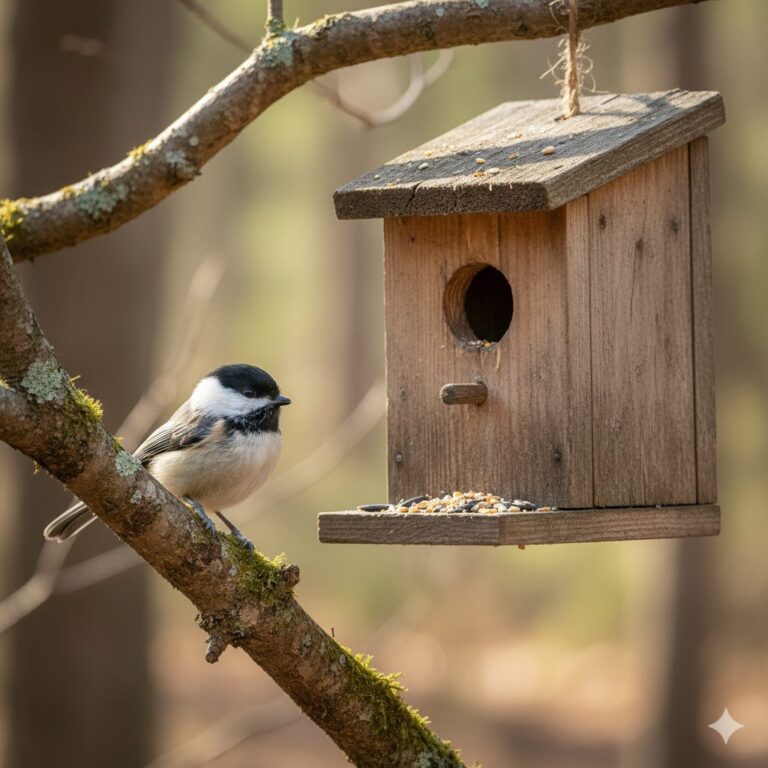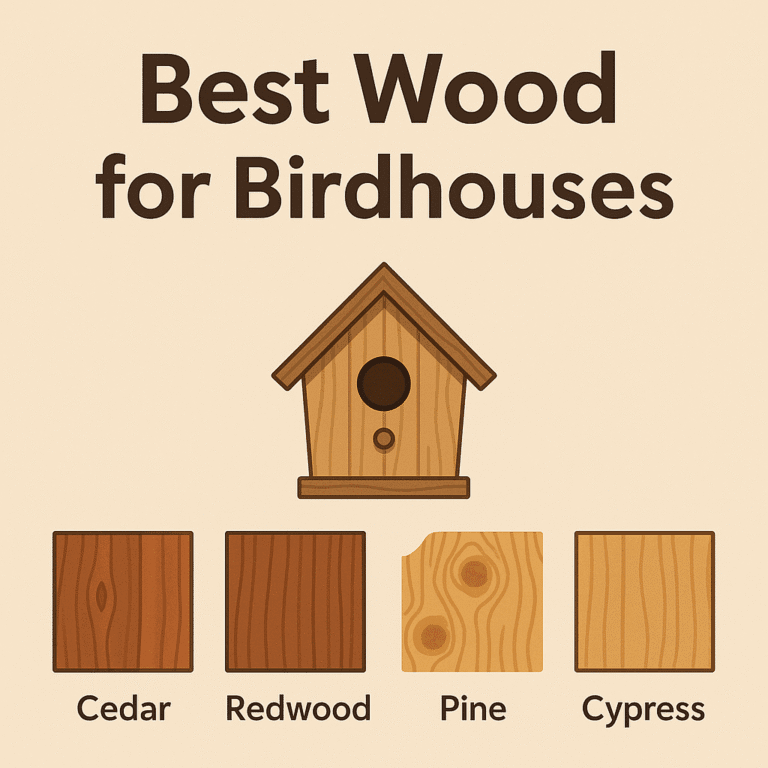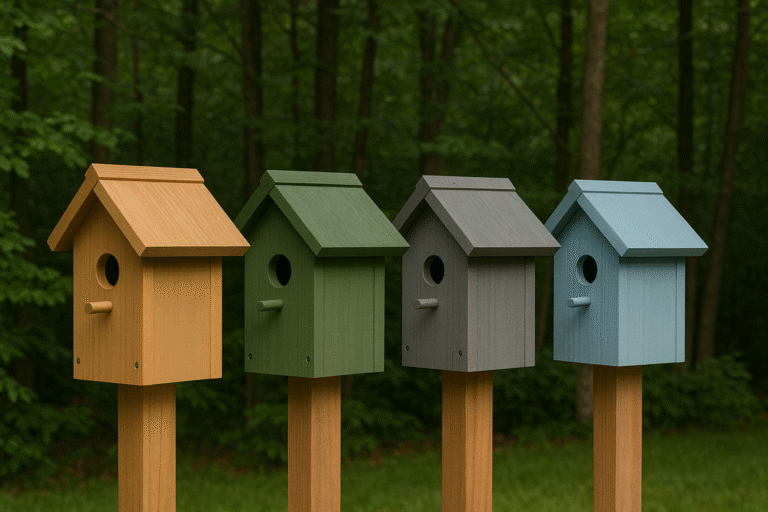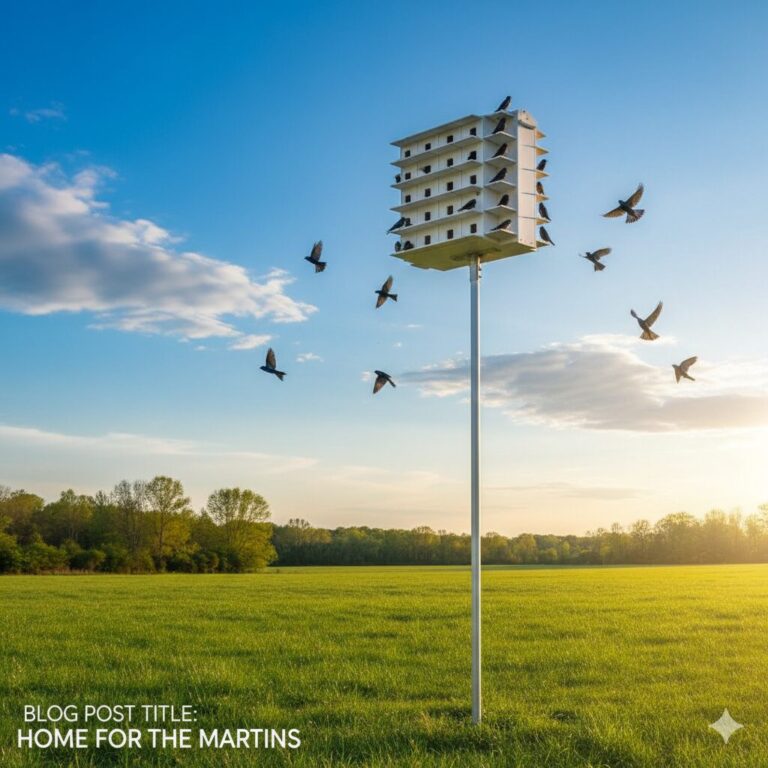Welcoming birds into your yard begins with offering the right type of shelter, yet many homeowners are unsure what to put inside a birdhouse to make it safe, comfortable, and attractive for nesting. While decorating or furnishing the interior might seem helpful, birds have specific needs that differ from what most beginners imagine. Understanding these needs is essential, because providing the wrong materials can actually scare birds away, or worse, create unsafe conditions for their eggs and hatchlings.
This detailed guide explains exactly what should and should not go inside a birdhouse, helping beginners, hobby birdwatchers, and backyard enthusiasts create a secure and inviting nesting space. As you read, you’ll discover best practices, habitat tips, key safety guidelines, and setup insights backed by both birding experts and real-world experience. Additionally, you’ll find product suggestions to support your setup, including safe nesting materials, predator guards, and mounting accessories.

Sukh 2PCS Coconut Fiber for Bird Nest – Canary Nesting Material Coconut Bird Nest Finch Coconut Fiber Loose Bedding Substrate
Check Price
Sukh 2 Pack Bird Nesting Material – Bird Nests Bedding Hummingbird Nesting Material Mixing Canary Nesting Material Finch Nesting Material Parakeet Nesting
Check PriceUnderstanding What Birds Really Need in a Birdhouse
Before placing anything inside a birdhouse, it’s important to understand how wild birds behave in nature. Cavity-nesting birds like wrens, bluebirds, chickadees, titmice, swallows, and nuthatches naturally seek hollow trees or safe crevices. These natural cavities are empty, no cloth, cotton, or decorative material inside. Instead, the bird arrives with its own instinct to gather nesting materials.
Because of this, most birdhouses should remain empty inside except for one essential element: a rough or grooved interior surface to help fledglings climb out. Everything else, including leaves, twigs, moss, or soft fibers, is gathered by the parent birds themselves.
Still, there are ways you can support your backyard birds indirectly, and doing so can make your birdhouse far more successful. As you continue reading, you’ll learn what to leave inside, what to avoid, and what you can offer nearby to make your birdhouse irresistible.
If you’re hoping to bring wrens into your yard, you can read my full guide on How to Attract Wrens to a Birdhouse for simple steps that help them feel safe and welcome.
Should You Put Nesting Material Inside a Birdhouse?
One of the most common questions beginners ask is whether they should build a starter nest or place soft materials inside. Although it may seem helpful, doing so is not recommended for most species. Birds instinctively want to build the nest themselves, and pre-placed material often signals an unnatural or unsafe space.
Moreover, some materials hold moisture, harbor mold, or encourage harmful mites. Even well-meaning additions such as cotton, dryer lint, fabric scraps, or pet hair can become dangerous once exposed to rain and humidity.
Therefore, the safest and most effective approach is to leave the interior empty and let birds take the lead. However, you can help them by offering safe nesting materials nearby, something we’ll explore in a later section.
What You Should Put Inside a Birdhouse

Sukh 2PCS Coconut Fiber for Bird Nest – Canary Nesting Material Coconut Bird Nest Finch Coconut Fiber Loose Bedding Substrate
Check Price
Sukh 2 Pack Bird Nesting Material – Bird Nests Bedding Hummingbird Nesting Material Mixing Canary Nesting Material Finch Nesting Material Parakeet Nesting
Check PriceA Natural, Unglossed Wooden Interior
The inside of a birdhouse should be constructed from unfinished, untreated wood such as cedar or pine. Birds prefer the natural feel, and untreated wood regulates temperature and humidity more effectively than painted or sealed surfaces.
Grooved or Rough Walls
Fledgling birds need help gripping the interior walls as they prepare to leave the nest. Shallow grooves carved into the wood improve safety and climbing stability.
A Secure Floor With Drainage
Good ventilation and drainage are critical to prevent moisture buildup. Some high-quality birdhouses already include this, but if not, you can gently drill two or three small holes in the bottom.
Optional: A Thin Layer of Wood Shavings (For Specific Species)
While most songbirds should have an empty house, woodpeckers appreciate a small handful of untreated wood shavings at the bottom. This mimics the natural decayed wood found in trees. However, this only applies to species that naturally excavate cavities.
What You Should Never Put Inside a Birdhouse
Understanding what to avoid is just as important as knowing what to include.
Avoid Soft Fibers
Materials like cotton, yarn, dryer lint, felt, and wool trap moisture and can tangle around tiny legs or wings.
Avoid Straw or Hay
These materials attract mites and mold, creating harmful conditions for eggs and chicks.
Avoid Chemical Treatments
Do not place any object that has been sprayed or washed with chemicals, perfumes, or pesticides.
Avoid Food
Food attracts predators, squirrels, insects, and rodents, not birds looking to nest.
Avoid Fabric or Artificial Padding
Birds regulate their own nest temperature. Artificial padding interferes with this and can lead to overheating.
Keeping the interior simple and natural is always the safest choice.
What to Provide Near the Birdhouse Instead
Although you should not place materials inside the birdhouse, offering safe nesting options around your yard can greatly increase occupancy. As you set up your bird-friendly space, consider placing natural materials where birds can pick them up easily.
Safe Nesting Material to Offer
You can place these in a suet cage or open basket:
- Small twigs
- Dried pine needles
- Grass clippings (completely dry)
- Feathers
- Moss
- Thin bark strips
You can also offer safe, commercially prepared products such as:
- Kaytee Natural Nesting Material: made from natural plant fibers
- Heath Outdoor Products Natural Cotton Tails: safe, natural fiber designed for bird nests
- Songbird Essentials Nesting Material Kit: includes natural hemp, cotton, and wool blends made for wildlife
These support birds without interfering with natural nesting behavior.

Sukh 2PCS Coconut Fiber for Bird Nest – Canary Nesting Material Coconut Bird Nest Finch Coconut Fiber Loose Bedding Substrate
Check Price
Sukh 2 Pack Bird Nesting Material – Bird Nests Bedding Hummingbird Nesting Material Mixing Canary Nesting Material Finch Nesting Material Parakeet Nesting
Check PriceShould You Add a Nesting Platform?
Some birdhouses come with built-in nest cups or removable shelves. These are optional but can be helpful for species like bluebirds or chickadees, which build compact nests. A platform keeps the nest centered and stable, preventing eggs from rolling in windy conditions.
However, avoid plastic platforms because they do not regulate temperature well. Choose only wood or natural fiber inserts.
Enhancing Birdhouse Success Through Proper Placement
Even the perfect interior will not attract birds if the birdhouse is poorly positioned. Placement has a greater effect on occupancy than what’s inside.
Key Placement Guidelines (Explained in Paragraph Form)
Birdhouses should be placed in a quiet, semi-shaded area that stays cool during the hottest part of the day. Proper height also matters: most small birds prefer houses mounted between 5 and 10 feet above the ground. In addition, placing the entrance away from harsh wind and rain improves long-term nesting success.
Because predators such as raccoons, snakes, and cats can pose a threat, you should always mount the house on a pole rather than a tree whenever possible. Poles allow you to add predator guards, which significantly increase survival rates for eggs and nestlings. Finally, ensure that the entrance hole faces an open space so adult birds can easily fly in and out.
Product Suggestions to Improve Birdhouse Safety
You may include these in your article where relevant:
- Audubon Torpedo Steel Predator Guard (Amazon)
- Brome Bird Care Pole Guard (Amazon)
- Perky-Pet Birdhouse Mounting Pole (Amazon)
- JCs Wildlife Cedar Birdhouse (Amazon)
- Wild Wings Bluebird Nesting Box (Amazon)
These help with mounting, predator protection, and overall safety.
Creating the Ideal Environment Around the Birdhouse
Providing the right surrounding environment is essential because birds evaluate the entire area, not just the interior of the house.
Since birds look for food sources, water, and shelter, consider adding shrubs or native plants nearby. However, avoid placing the birdhouse too close to dense foliage where predators may hide. Offering a birdbath or shallow water dish can also encourage nesting, since fresh water is one of the strongest attractants.
Pros and Cons of Adding Items to a Birdhouse
Although the safest approach is leaving the interior empty, there are a few advantages and disadvantages worth mentioning.
Pros
Adding grooved walls or a small amount of wood shavings (for specific species) can improve nesting safety or comfort. Additionally, offering safe nesting materials outside the birdhouse significantly increases occupancy rates, especially for species that build softer nests.
Cons
Adding the wrong materials can trap moisture, introduce mold, or cause harmful tangling risks. Pre-built nests often discourage birds from entering and can even attract pests. Moreover, artificial materials may create overheating during warmer months.
Understanding these pros and cons helps you make informed decisions while prioritizing bird safety.
FAQs About What to Put Inside a Birdhouse
Should I clean out the birdhouse between seasons?
Yes. Cleaning removes old nesting materials, parasites, and debris. Do this once birds have fully left the nest.
Should I paint the inside of the birdhouse?
No. Paint can trap heat and release fumes. Leave the interior natural.
Should I add bedding for warmth?
No. Birds regulate their own nest temperature and will add materials naturally.
Do birds prefer empty birdhouses?
Absolutely. Most species instinctively want to build their nest from scratch.
Can I use straw or hay?
No. Both attract mites and mold, which endanger eggs and chicks.

Sukh 2PCS Coconut Fiber for Bird Nest – Canary Nesting Material Coconut Bird Nest Finch Coconut Fiber Loose Bedding Substrate
Check Price
Sukh 2 Pack Bird Nesting Material – Bird Nests Bedding Hummingbird Nesting Material Mixing Canary Nesting Material Finch Nesting Material Parakeet Nesting
Check PriceConclusion
Understanding what to put inside a birdhouse, and what to avoid, is essential for creating a safe and appealing nesting space for backyard birds. Because most species prefer natural, empty interiors, your primary focus should be on building a protective, well-designed birdhouse and offering safe nesting materials nearby rather than placing anything inside.
When combined with proper placement, predator protection, and a bird-friendly habitat, your birdhouse will become an inviting home for wrens, bluebirds, chickadees, nuthatches, and other cavity-nesting birds.
By following the simple yet effective guidelines in this article, you’ll give your feathered visitors the best chance at successful nesting, ensuring your yard becomes a thriving space filled with song, life, and natural beauty.
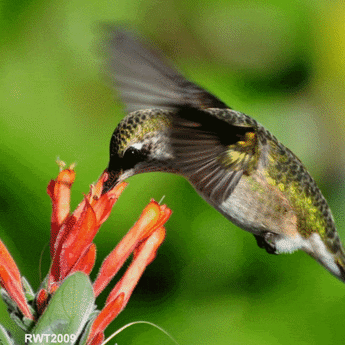
Sanom is a lifelong nature enthusiast and passionate backyard birder who has spent years observing bird behavior and building DIY birdhouses. With a deep curiosity for species like chickadees, wrens, and woodpeckers, he shares practical tips and heartfelt stories to help others attract, shelter, and appreciate the wild birds around them. Whether you’re crafting your first birdhouse or simply enjoying morning songbirds, Iftekhar’s guides on BirdHouseTales.com are designed to bring you closer to the magic of birdwatching.
